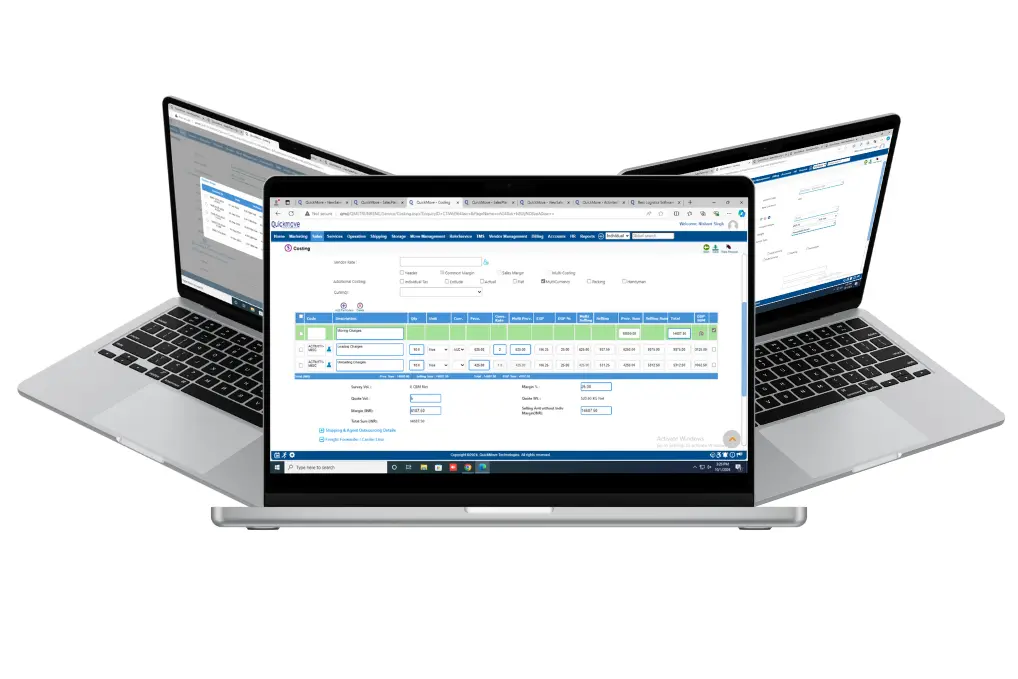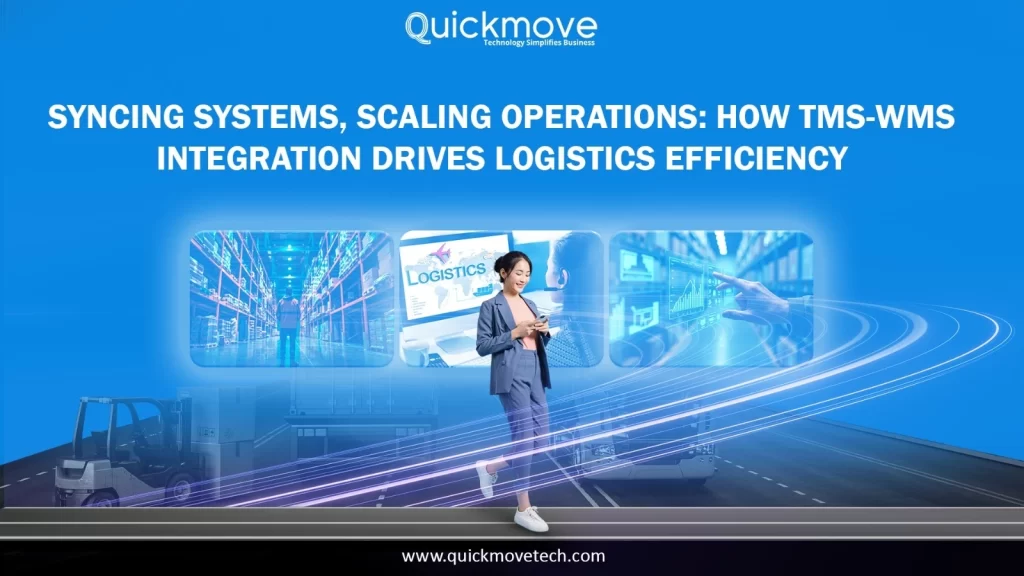In today’s fast-moving logistics culture, smooth operations are key to staying competitive. From warehousing products to getting them delivered to the customer’s doorstep, every step has to be accurate, timely, and aptly coordinated.
That’s why more and more logistics companies in India and around the world are turning to TMS-WMS integration—connecting their transport management system with their warehouse management system for a seamless flow of information and operations.
What Is a Transport Management System (TMS)?
A transport management system is a software tool that assists logistics businesses to plan, execute, and monitor the movement of products. It deals with responsibilities such as:
1. Selecting optimal delivery routes
2. Handling shipments and drivers
3. Monitoring deliveries in real-time
4. Printing transport invoices and documents
5. In short, a TMS makes the movement of goods from the warehouse to the customer efficient.
What Is a Warehouse Management System (WMS)?
A warehouse management system is software that assists managing daily warehouse functions such as:
1. Receiving and stocking goods
2. Picking and packing shipments
3. Inventory level management
4. Shipping goods
A WMS maintains the warehouse tidy and places products where they should be, ready to go out.
What Is TMS-WMS Integration?
TMS-WMS integration refers to integrating both systems so that they can exchange data in real time. Rather than having to manually push data from one disparate system to another, integration enables them to “speak” to one another automatically.
For instance:
1. When an order is shipped in the warehouse, the TMS is notified to schedule delivery.
2. When a delivery is picked up by the driver, the WMS adjusts inventory levels accordingly.
3. This forms a unified, integrated logistics platform that handles everything from storage of inventory to end delivery.
How Do You Integrate a Transport Management System and Warehouse Management System?
There are several common methods of integrating TMS and WMS:
1. API Integration
APIs (Application Programming Interfaces) enable the two systems to interoperate in real time. This is the latest and most efficient way.
2. ERP-Based Integration
If your organization is using an ERP (Enterprise Resource Planning) system such as SAP or Oracle, your TMS and WMS can interface via it. This is a central point of all your logistics information.
3. Cloud-Based Platforms
Some enterprise logistics software vendors, such as QuickMove Technology, provide cloud-based solutions with inherent TMS-WMS integration. This is simple to implement and lowers IT costs.
Advantages of TMS-WMS Integration
Merging your transport management system with your warehouse management system provides a number of advantages:
1. Real-Time Visibility
You can monitor shipments and stock levels simultaneously, enabling you to make quicker, more informed decisions.
2. Accelerated Order Fulfillment
The instant the item is packed in the warehouse, the transport system can schedule the delivery with no delay. This accelerates the order-to-delivery process.
3. Reduced Operating Costs
Robust systems eliminate the need for manual labor, eliminate mistakes, and map optimal delivery routes—all of which cut costs.
4. Improved Inventory Management
because warehouse and delivery data are synchronized, you have full visibility as to what’s in stock and what’s in motion.
5. Enhanced Customer Satisfaction
Customers have their orders sooner and receive improved tracking updates, resulting in an improved overall experience.
6. Automated Workflows
Processes such as shipment booking, label creation, and inventory updates occur automatically, saving time and minimizing errors.
A Simple Example
Suppose a customer order something online:
1. The warehouse management system selects, packs, and gets the item ready.
2. The transport management system automatically gets notified to arrange pickup.
3. The route for delivery is mapped, and the driver is informed.
4. The customer receives a tracking link.
5. When delivered, the inventory is updated.
All this, without having to switch systems or perform manual labor—gracias to TMS-WMS integration.
As the logistics business is becoming increasingly complex, employing isolated systems for transport and warehouse operations can hold you back. Combining your transport management system with your warehouse management system is the intelligent method to make operations seamless, lower costs, and grow your business effectively.
If you’re searching for a robust and user-friendly logistics solution with TMS-WMS integration, QuickMove Technology has all that you can use to digitalize your supply chain and expand more quickly.




